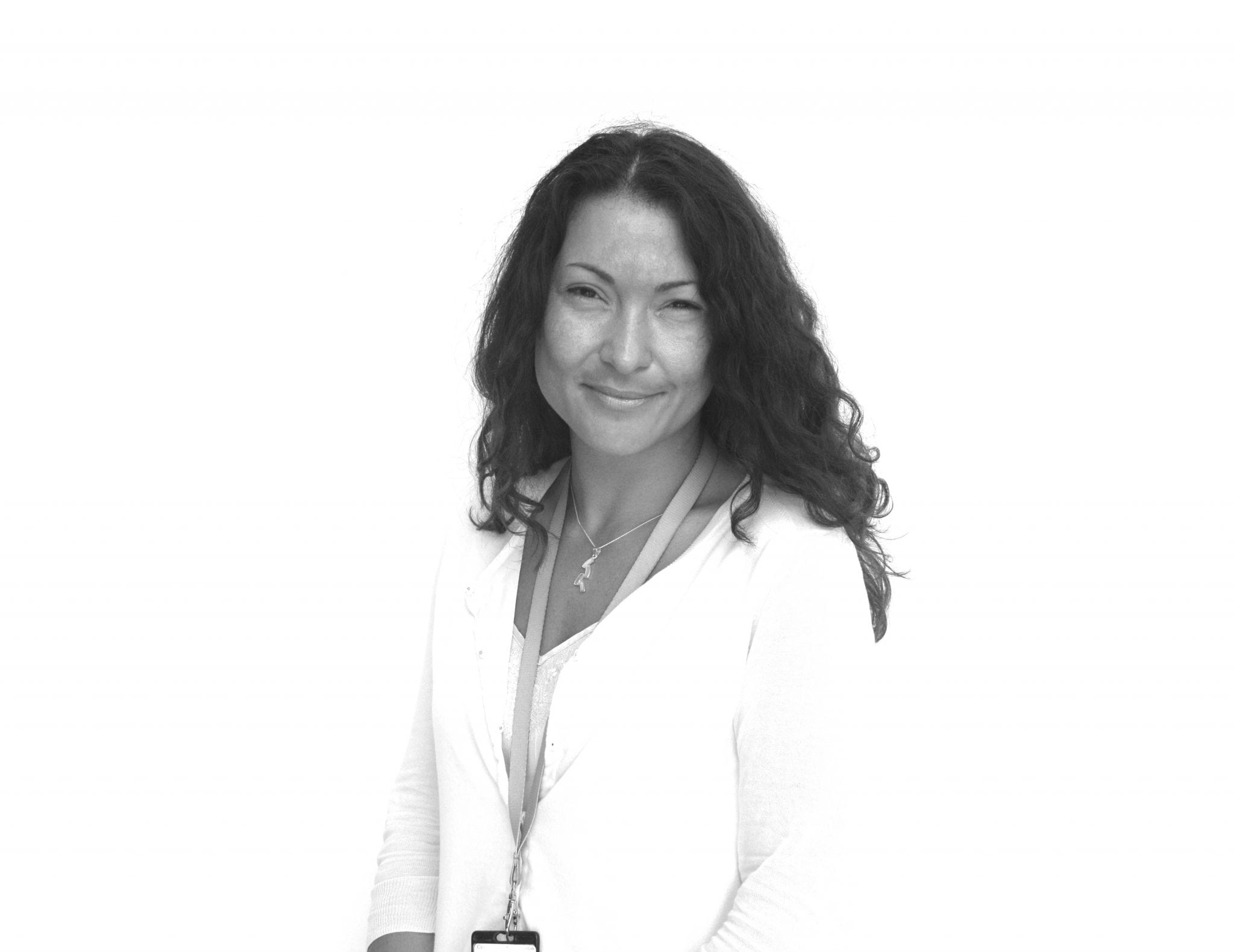 |
| Branka Subotic, executive director of the Borealis Alliance. Photo: Borealis Alliance |
[Avionics Today 02-25-2015] A group of nine Northern European Air Navigation Service Providers (ANSPs) known as the Borealis Alliance are looking to implement a seamless and integrated Free Route Airspace (FRA) across the whole of Northern Europe by 2020. The alliance, which was formed in 2012 with the aim to improve Air Traffic Management (ATM) efficiency, includes ANSPs from Denmark, Estonia, Finland, Iceland, Ireland, Latvia, Norway, Sweden and the United Kingdom. It plans to begin building on areas of free route airspace already in existence starting in November in line with Single European Sky initiatives.
Speaking to Avionics Magazine, Branka Subotic, the executive director of the Borealis Alliance, explained that, by connecting the various free route airspaces of collaborating ANSP’s, the initiative looks to create one single and substantial FRA that will extend from the eastern boundary of the North Atlantic to the western boundary of Russian airspace. This will allow all forms of aviation — although mainly air transport and business aviation operators — to take advantage of the most timely route available, as opposed to the pre-defined routes they currently fly, saving money and upping fuel efficiency.
“As a result [of the FRA program], airlines will, in future, be able to plan in advance for the most efficient/optimal route, taking into account a range of factors including, for example, weather patterns that would affect flying times. This will allow savings such as reduced fuel loads to be realized,” Subotic said, noting that this differs from the current state of airspace, “where although airlines are given preferred routes by ANSP’s whenever traffic and environmental conditions allow, they cannot plan these routes in advance and hence cannot achieve greater savings. Free Route Airspace will change this, empowering airspace users and providing them with greater flexibility and choice over the routes they choose to fly.”
Opening the door to a more flexible and accessible airspace is no small feat, particularly when trying to integrate nine separate Functional Airspace Blocks (FABs) and the notably complex U.K. air system. Thus, the alliance plans to take a staged approach to applying the system, connecting one block at a time and saving the complicated U.K. region for last.
“Six Borealis members will implement the FRA concept across two FABs later this year,” Subotic explained. “Danish-Swedish and North European FABs will implement the Northern European FRA in November 2015. Following that, the work will continue between all nine Borealis ANSPs to join the airspace of the third, U.K.-Irish FAB and Iceland to form the Borealis FRA.” When completed, it will cover nearly 7 million square miles of Northern European airspace.
 |
| Graphic of the Borealis Free Route Airspace Vision. Photo: NATS |
There will be plenty of other challenges in implementing the FRA across nine ANSPs of various sizes with differing technologies, traffic patterns and levels of airspace commodity. To begin connecting the systems, the FABs of cooperating ANSPs will be syncing some of their technology by upgrading their Flight Data Processing Systems (FDPS) and implementing Airspace Management (ASM) tools that are essential for handling tactical strategic handling of airspace between civil and military users, Subotic said. “Further to this, Borealis needs to find solutions that will enable large-scale validation activities, by investigating inter-connectivity and inter-operability of different Air Traffic Management (ATM) platforms and automation in Aeronautical Information Management (AIM) to enable consistent Aeronautical Information Publication (AIP) updates across several states,” she continued.
But the challenges won’t be solely technical. In fact, the largest obstacle to surmount will be the enormous change in culture for ANSPs, alongside the necessity for all nations to work together and cooperate openly and efficiently. If they can do this, the program hopes to set a standard for cross-border and cross-FAB cooperation both in Europe and across the globe.
“Whilst in the past each ANSP has been primarily used to implementing changes only in its own airspace, having FRA across the entire Borealis airspace requires nine nations, nine cultures and nine different languages to come together and work and act as one,” said Subotic. “We have had to learn to work with each other, share problems and find common solutions. For me, this is the biggest achievement and success of Borealis and exactly what the idea of a Single European Sky is all about.”